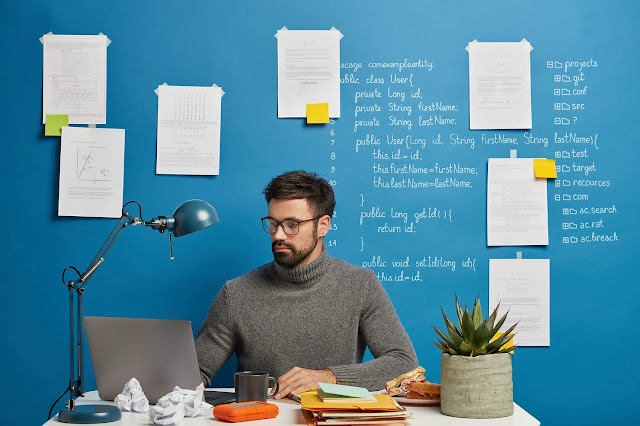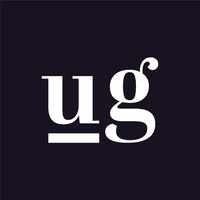UX Workshop, also known as UX Design research, is a vital step in creating the best product experience for targeted users. It helps to gather the user's perspectives that help reduce assumptions & gain actionable user insights.
In this article, we’ll look at the many elements of UX workshops, from their importance to different methods to collect users' perspectives. Readers will get a head start on how to conduct design research and improve user experiences.
How does a UX workshop help enhance the user experience?
Innovation is vital in bringing novelty to existing products or processes, leading to increased customer satisfaction and the product's success. And such quality products and services are the results of multidisciplinary teams working together, like designers, developers, product owners, marketers, and data analysts, to come up with better solutions. However, such team collaboration could be challenging due to different approaches, perspectives, cultures and so on. 
Hence, UX workshops become a valuable approach for businesses, as it involves collaborative sessions that empower teams to have discussions that matter in a structured way to get a shared understanding before the implementation of a product solution by sourcing solutions from users via different methods like user interviews and testing. There are endless benefits of conducting UX workshops:
How does a UX workshop help enhance the user experience?
Innovation is vital in bringing novelty to existing products or processes, leading to increased customer satisfaction and the product's success. And such quality products and services are the results of multidisciplinary teams working together, like designers, developers, product owners, marketers, and data analysts, to come up with better solutions. However, such team collaboration could be challenging due to different approaches, perspectives, cultures and so on.
Hence, UX workshops become a valuable approach for businesses, as it involves collaborative sessions that empower teams to have discussions that matter in a structured way to get a shared understanding before the implementation of a product solution by sourcing solutions from users via different methods like user interviews and testing. There are endless benefits of conducting UX workshops:
Explore and understand user’s specific challenges
Generate ideas
Reduce assumptions
Prioritize and define product solutions
Develop a UX strategy
Gather targeted user feedback
Review and improve team processes
How is a remote user workshop conducted?
To better help you step by step understand how to execute, let’s break this into two sections:
How to plan a remote UX workshop.
How to successfully execute it.
So, let’s begin to understand this in detail:
Phase 1: Planning your remote UX design workshop
Scope out objectives & challenges -
The primary purpose of a remote UX workshop is to get a different group of people together to tackle the problem faced. Hence, start this process with a concrete plan that defines your UX workshop agenda and lists the challenges.
Ensure your agenda is clear and includes the time bar to execute the exercise on track and within the desired time frame.
Define and prepare a list of personas
It's necessary to identify the type of personas you would like to interact with (age, culture, job and so on) per the session's goal, as you can fetch the right information from the right person.
Draft all necessary guides & gather materials before the workshop
To ensure that the execution works smoothly and we get all insights, user guides are helpful. Participants are someone who isn't aware of the process guide works well for them to understand in detail their roles and what is expected of them
Also, draft a facilitator's guide to ensure all facilitators know the workshop's goal and follow the process. A list of questionnaires helps in ensuring that no important questions are missed.
In order to not miss out on any insight, it's wise to ensure that the internet connectivity works well, so there isn't any hindrance in recording the session for future reference. Additionally, we recommend taking notes of any critical points by users during the session.
Keep in touch with your participants ahead of time
It's always wise to connect with your participants before time, explain to them the process and goal of the workshop and know their availability. Drop a detailed email to them as a reminder with a link so they can join the workshop.
Ensure that the participants have the video conferencing tool installed on their system, and you can walk them through its usage. Always keep participants informed about the approx time the session will take so they can plan their schedules accordingly, and there is no hurry during the workshop.
Phase 2: How to execute the remote UX workshop?
This section will show you how to conduct an effective workshop agenda. We’ve included recommended time allocations for each item, giving you a total workshop duration of four hours (including three 15-minute breaks complete and some buffer time).
Introduction and briefing
To kick off your remote UX design workshop, it's necessary to put everybody at ease. You must have covered introductions in your onboarding session. Still, a little recap about the purpose of the workshop, challenges, and participants' roles can ensure that all are on the same page, as it helps participants to clarify points they have queries on. This step is vital as it makes users feel comfortable sharing information, which helps the facilitator gain more insights.
User Interviews
As the next step, dig in with the flow of questions you have pre-drafted. However, let the questioning go with the flow of conversation. Just refer to your questionnaire to check if you have covered vital questions.
Tip: You can make the conversation more productive by carefully listening to the user and questioning them from the answers they provide.
User Testing
After user interviews, it's time to make users explore and execute a task you have defined it may be a digital prototype or existing website you would want to evaluate to see what might work best or what needs to be improved. Start this by explaining to the user the task they need to perform. Record the entire session to understand how users navigate or complete the goal.
Quick Recap
Once the above steps are executed, it's time for a quick debrief with the participant. Here, you can recap what you’ve covered throughout the workshop and explain how their insights will be used in the final result. Make sure you thank them for their valuable time and for providing information.
Tip: A small gift as a thankful gesture is highly appreciated.
Post this, curate all information in one folder and recordings of the session for future reference. Then, discuss internally with the team to understand the insights and challenges faced and outline key solutions to build a successful UX product.








%20in%20India.png)

